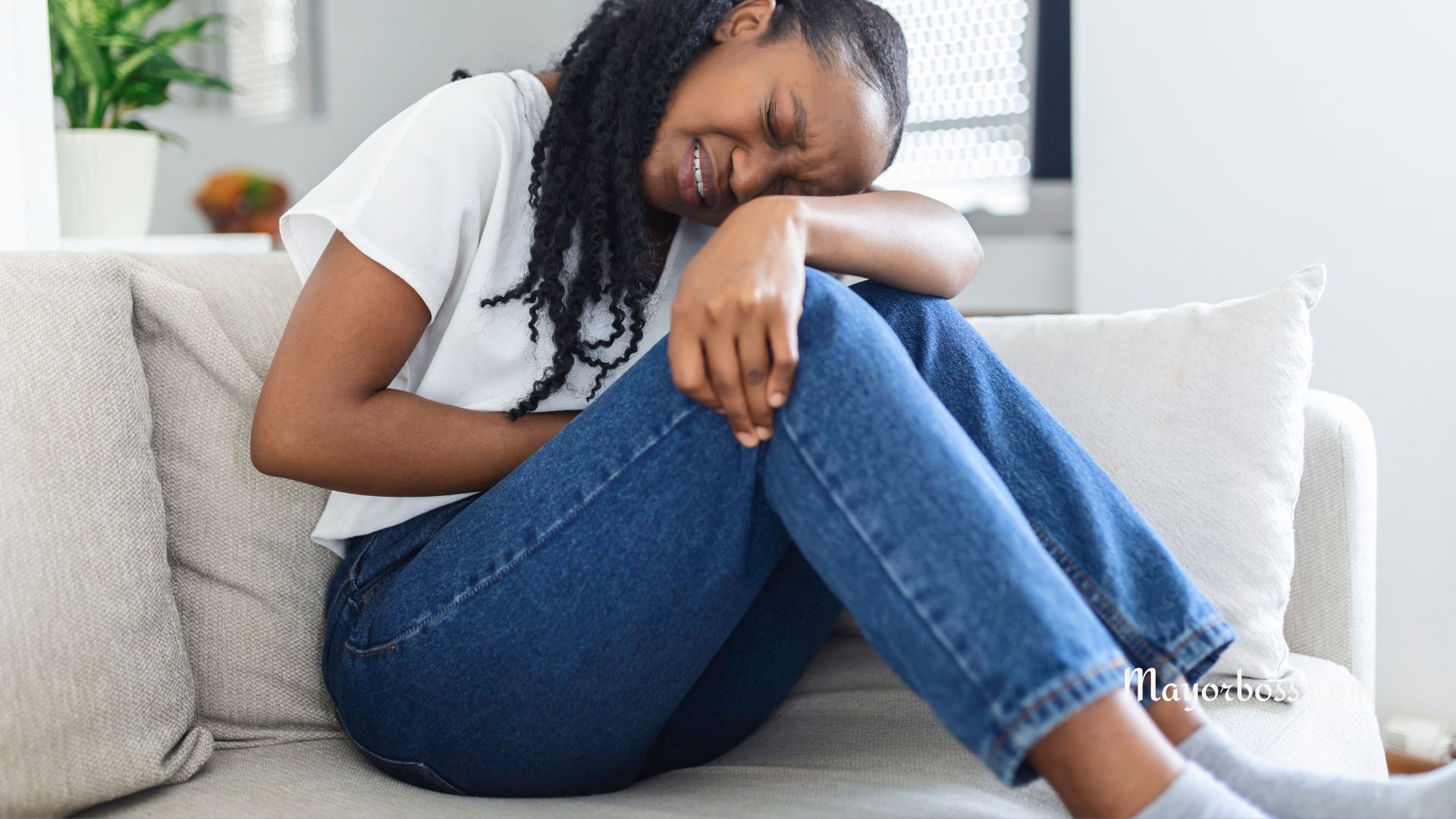Why We Can’t Poop Without Peeing
Ever sat down to do your business and noticed that even if your intention was just to poop, you end up peeing too? You’re not alone! This might seem like a quirky fact of life, but there’s actually a fascinating biological reason behind this common bathroom occurrence.

The Connection Between Peeing and Pooping
Both urine and stool pass through your pelvic area. Here, several muscles and nerves work in tandem to control your bathroom habits. The key player is your pelvic floor, a group of muscles that support the bladder and rectum. These muscles relax when you’re ready to relieve yourself.
When you decide it’s time to poop, your brain sends a signal to relax certain muscles in the pelvis. But here’s the catch: this signal isn’t exclusive. It also affects the muscles controlling your bladder. So, when you relax to allow the stool to pass, the bladder gets the memo, too. And you guessed it – you end up peeing!
Why Does This Happen?
This mechanism is partly due to convenience and biological efficiency. Imagine if you had to consciously control each muscle involved in going to the bathroom. It would be exhausting! Nature has streamlined the process, ensuring that when you relax one set of muscles, the others follow suit, making it easier and faster.
Furthermore, the act of pooping itself can put pressure on your bladder. As the rectum expands to allow the stool to exit, it compresses neighboring organs, including the bladder. This compression can trigger the sensation of needing to urinate, leading to a bit of pee escaping.
The Role of Nerves
The nerves in your pelvic region also play a crucial role. These nerves are interconnected; when the nerves that control your bowel movements are activated, they can incidentally stimulate the nerves controlling urination. This dual stimulation ensures that both systems can clear out during the same bathroom visit.
Can You Poop Without Peeing?
Technically, it is possible, but it requires conscious effort and isn’t how your body naturally operates. You’d have to actively engage your pelvic muscles to specifically prevent urination while allowing defecation. This is not only tricky but generally unnecessary unless you’re specifically trying to train your pelvic muscles.
FAQs About Bathroom Habits
Why is it healthier to pee and poop at the same time?
Believe it or not, it’s actually healthier for your body to empty both your bladder and bowels during the same bathroom visit when possible. It reduces the time spent straining and using the bathroom, which can decrease the risk of hemorrhoids and other pelvic health issues.
What if I only need to pee but end up pooping?
This can happen, too, especially if your bowel is partially full. The act of sitting down and relaxing to urinate can trigger a bowel movement. It’s a normal response and nothing to worry about unless it becomes inconvenient or uncomfortable.
How can I improve my pelvic floor health?
Engaging in regular pelvic floor exercises, like Kegels, can strengthen the muscles and improve control over both urination and defecation. This not only helps in better managing these processes but can also prevent issues like incontinence.






